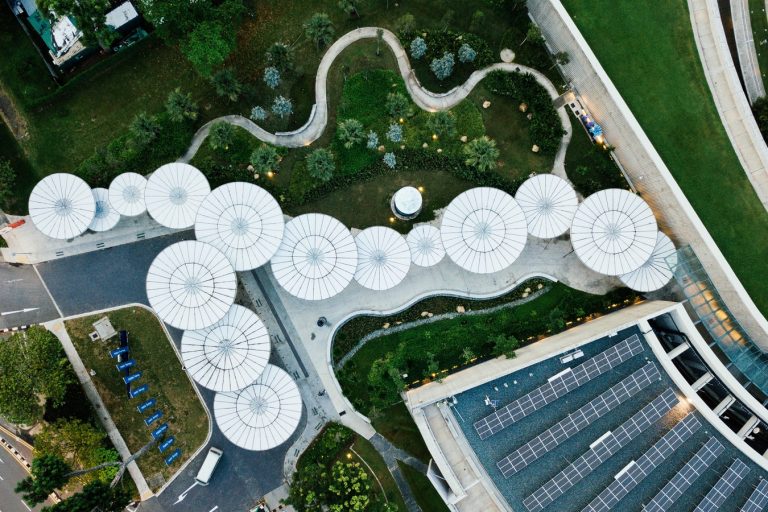Most of us know about the damaging effects of air pollution on the human body, the environment and the health of our cities. After all, it is difficult to miss the increasing number of headlines detailing the ways in which vehicles, building construction sites and power plants continue to pump dangerous pollution into the air.
However, many people are unaware of the ways in which this pollution is distributed throughout our homes and workplaces. That’s right – air pollution is not just something we encounter when we step out of our front doors but can encroach on our indoor spaces too. Fortunately, governments and scientists are finally waking up to the ways in which indoor air pollution is affecting public health and safety, and a number of countries including the UK are looking towards a future of cleaner air.
How does pollution make its way into our homes?
Indoor air pollution is much less visible than outdoor air pollution, which can clearly be seen in the form of car exhausts and industrial smog. The average family produces a substantial amount of internal pollution from cleaning chemicals, open fireplaces, charcoal cooking, mould and mildew, or the installation of new carpets. On top of this, air pollution from outside also seeps in through windows and doors, creating a potent mix of pollutants that can be very dangerous to human health.
The dangers of particulate matter
While the pollution caused by vehicles and factories contribute to a whole host of health issues, indoor pollution is responsible for the generation of particulate matter (PM), the most damaging form of pollution to human health. What’s more, charcoal and wood-burning fires are some of the biggest contributors to the production of PM.
At least 37,5000 premature deaths in the UK have been linked to PM due to its propensity to cause very serious heart and lung issues. According to research undertaken by the UN in 2017, at least 44 of the UK’s cities did not meet the adequate standard for air quality due to the presence of PM, demonstrating that it is something that needs to be addressed very soon.
How can I reduce my indoor pollution levels?
Reducing the amount of air pollution inside your home is a great way to look after yourself and your family. First of all, make a list of the common pollutants that might be present in your domestic space, and consider whether you actually need them. It may also be a good idea to replace a log burning fire with a ‘bio fire’.
If you’d like to find out more about indoor air pollution in the UK and how you can start making incremental changes in your home, take a look at the following infographic:





Leave a Comment